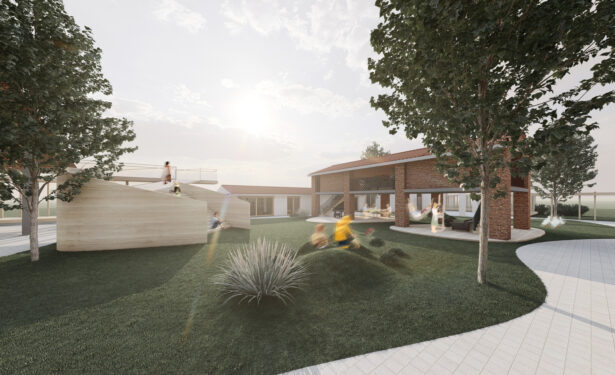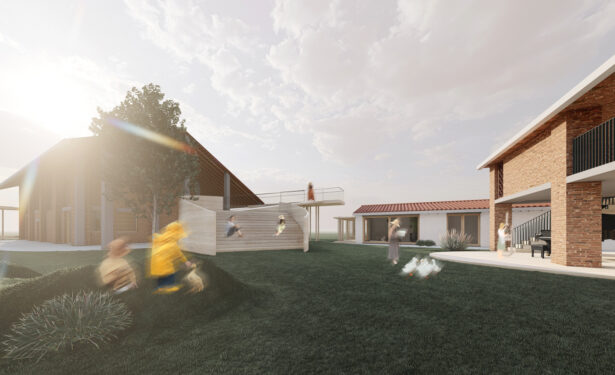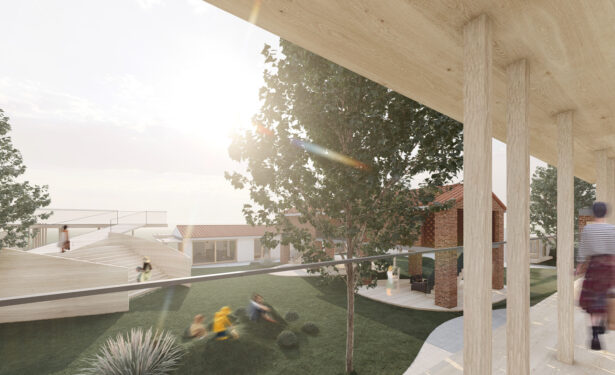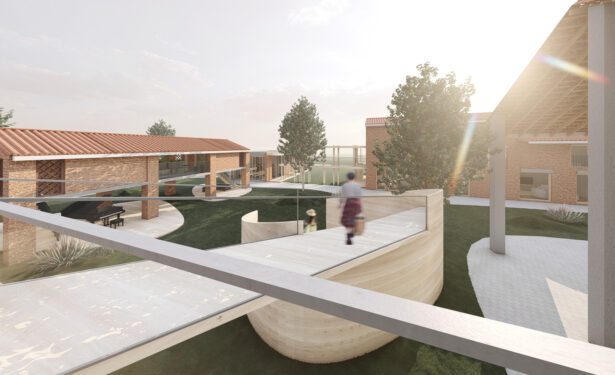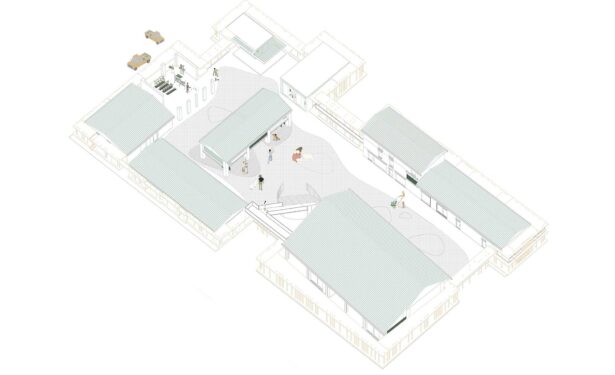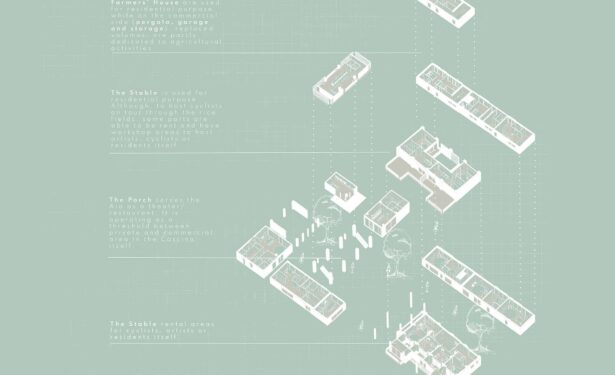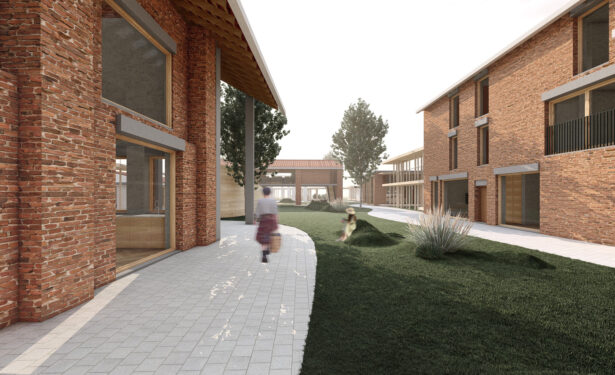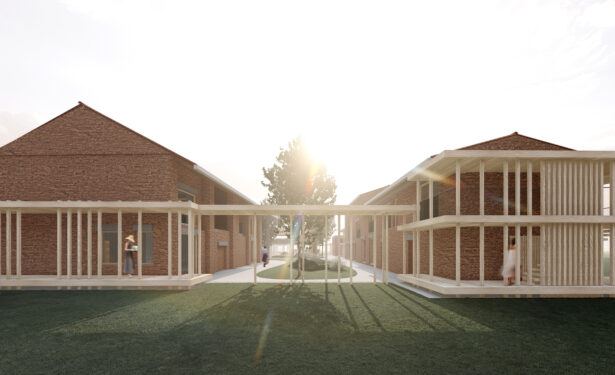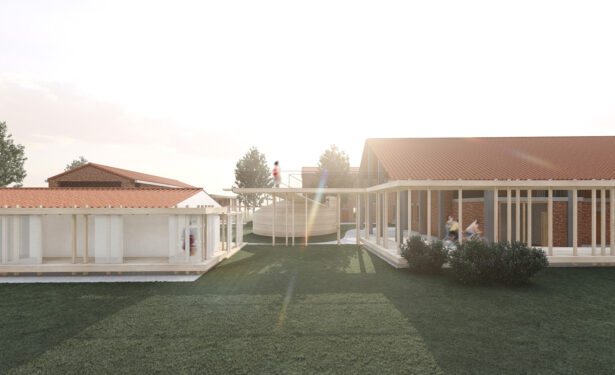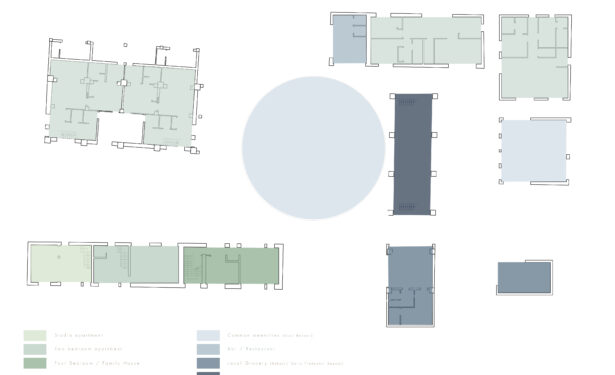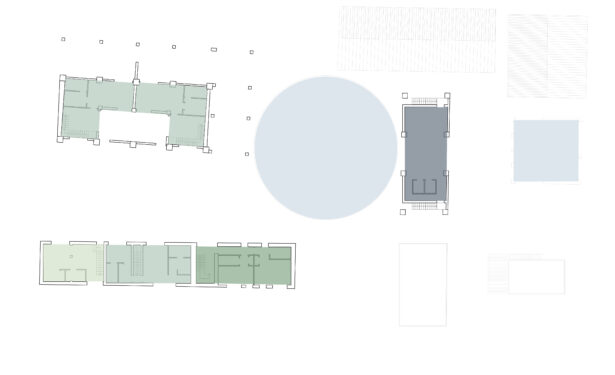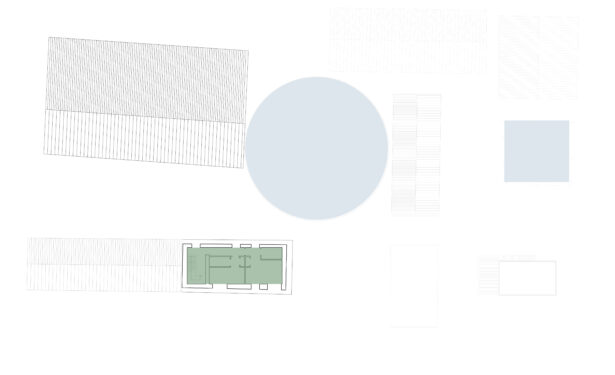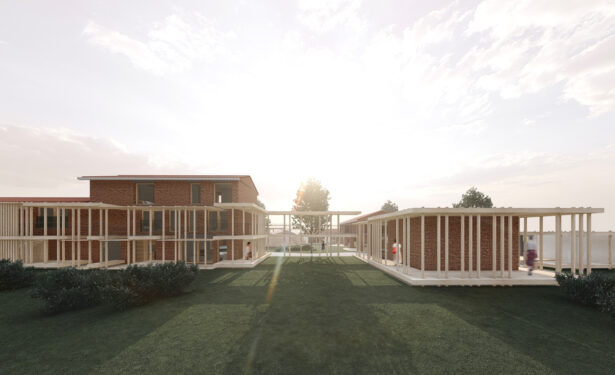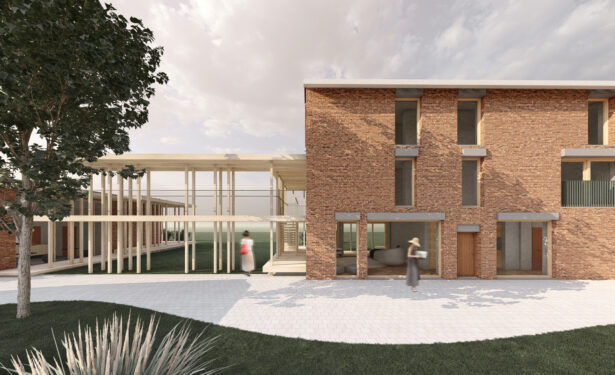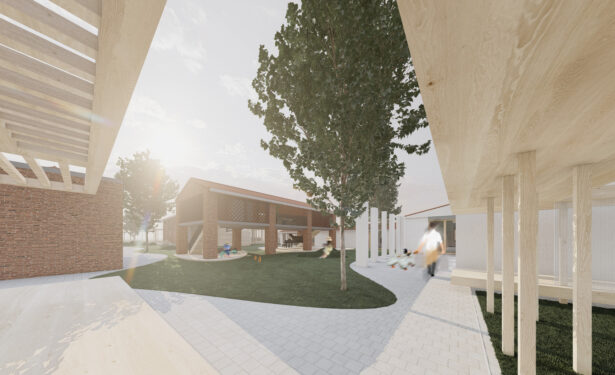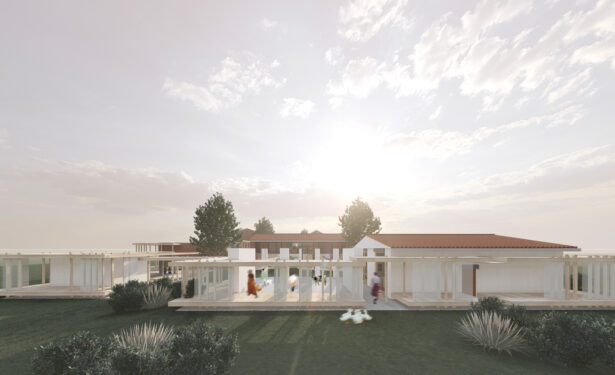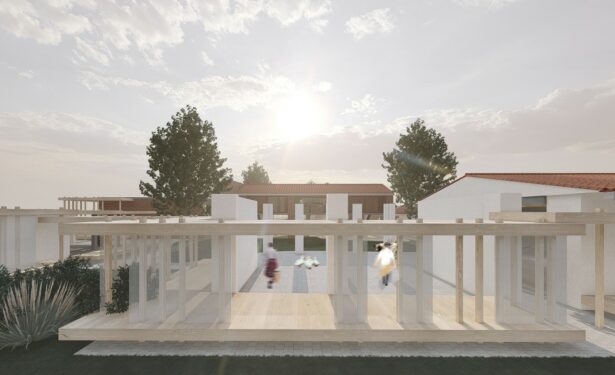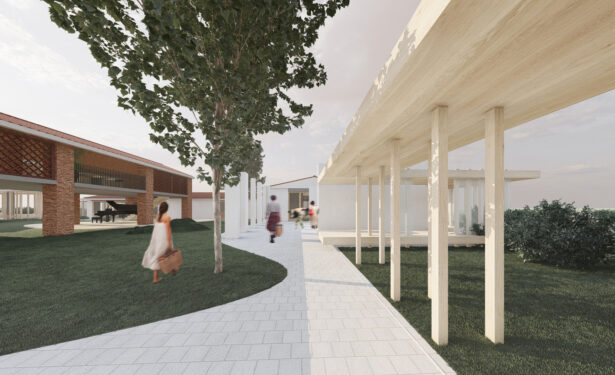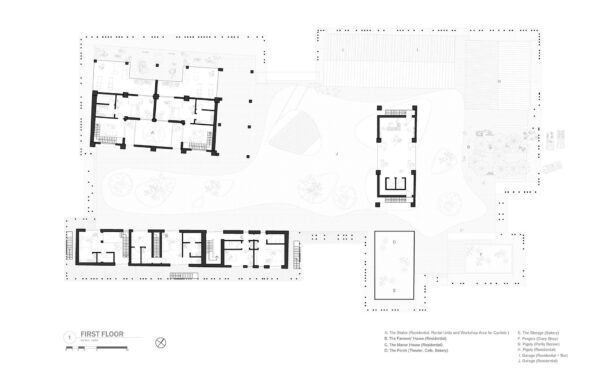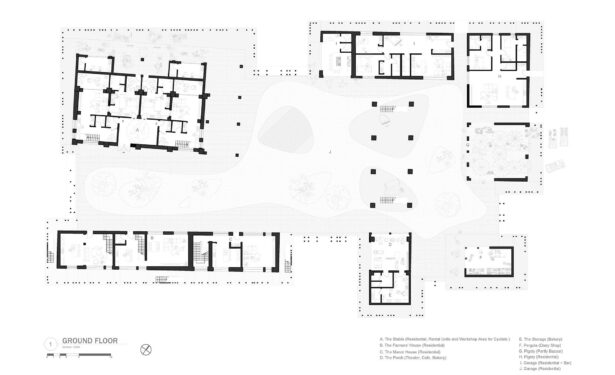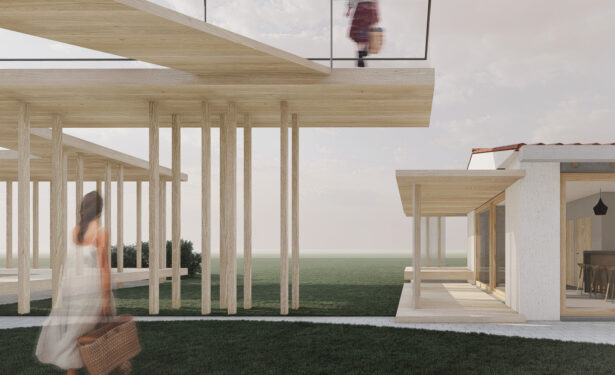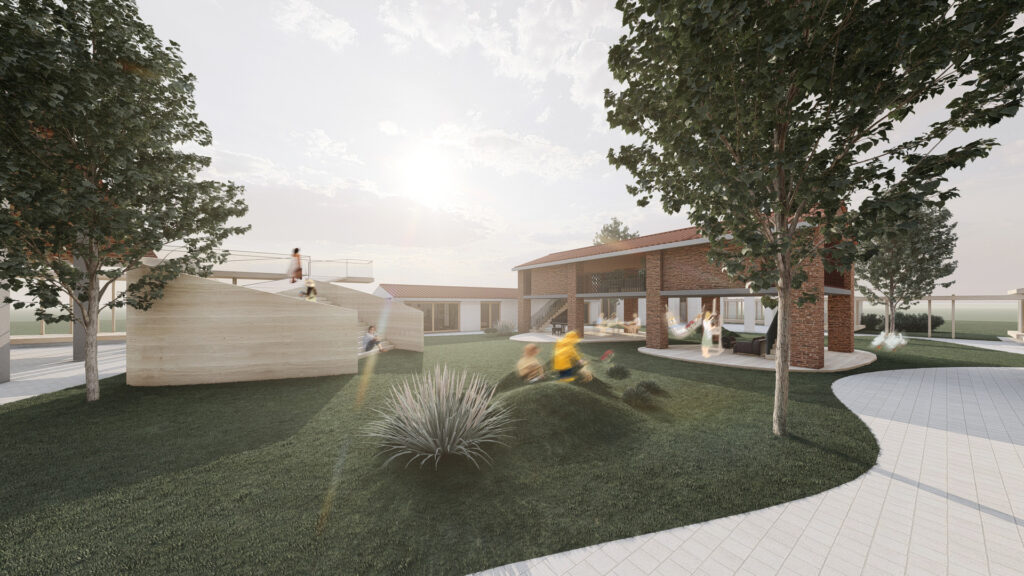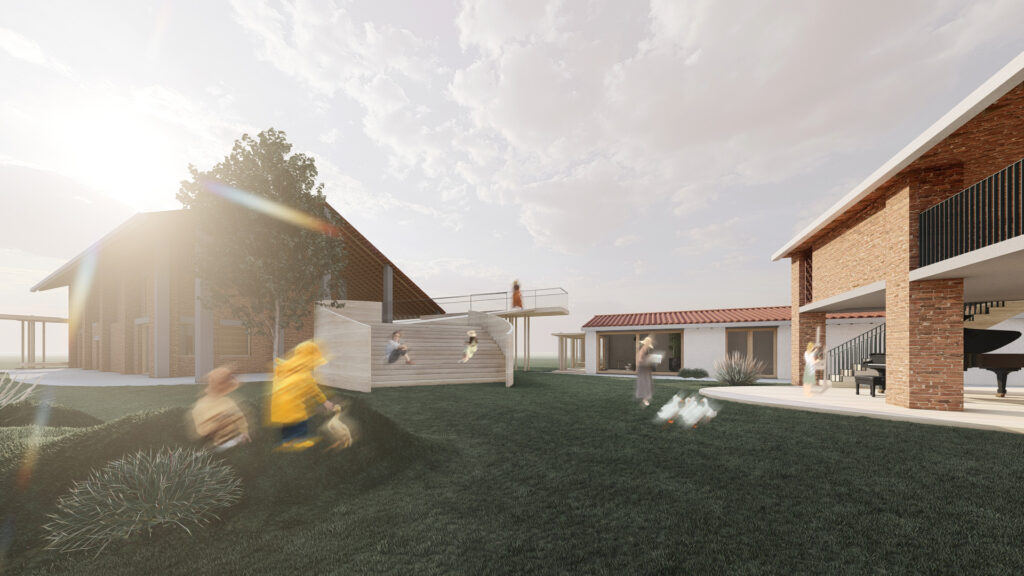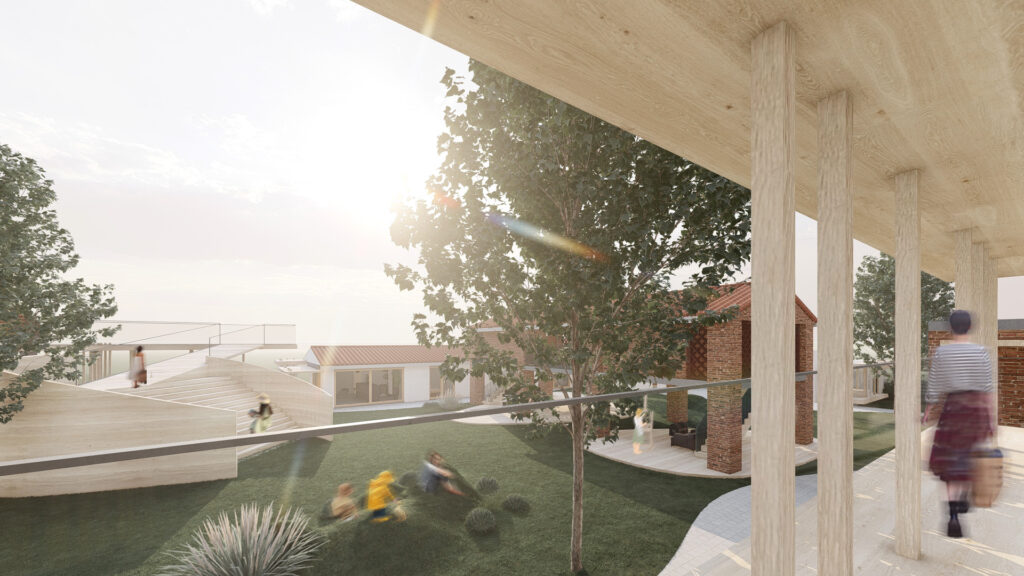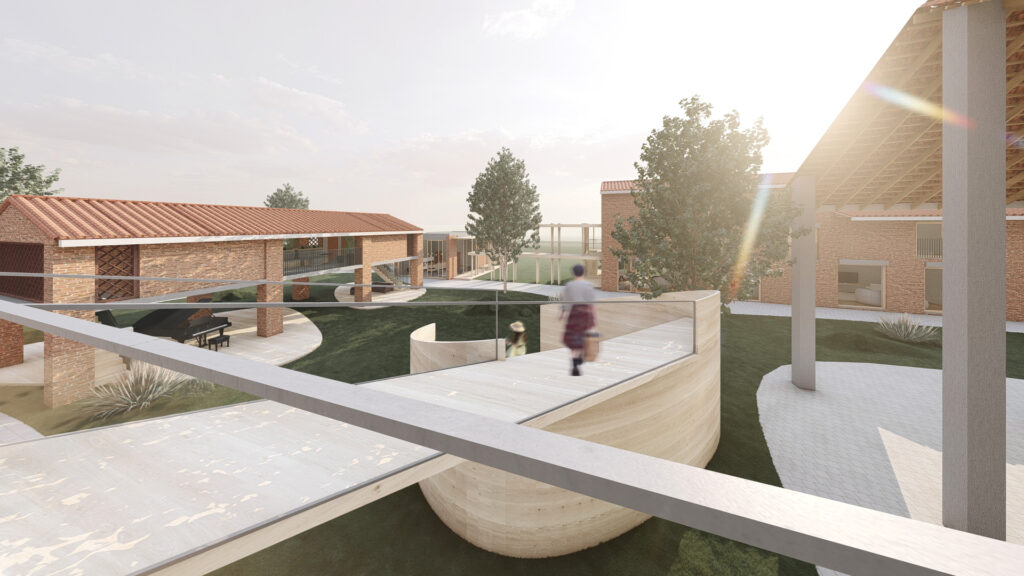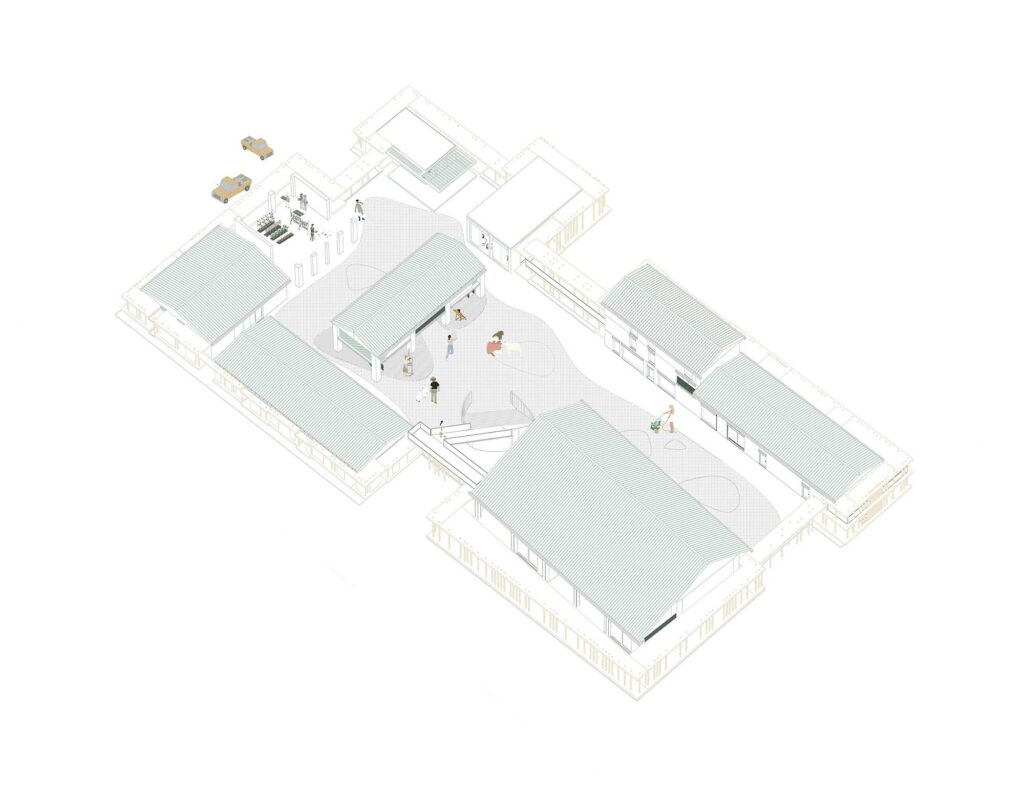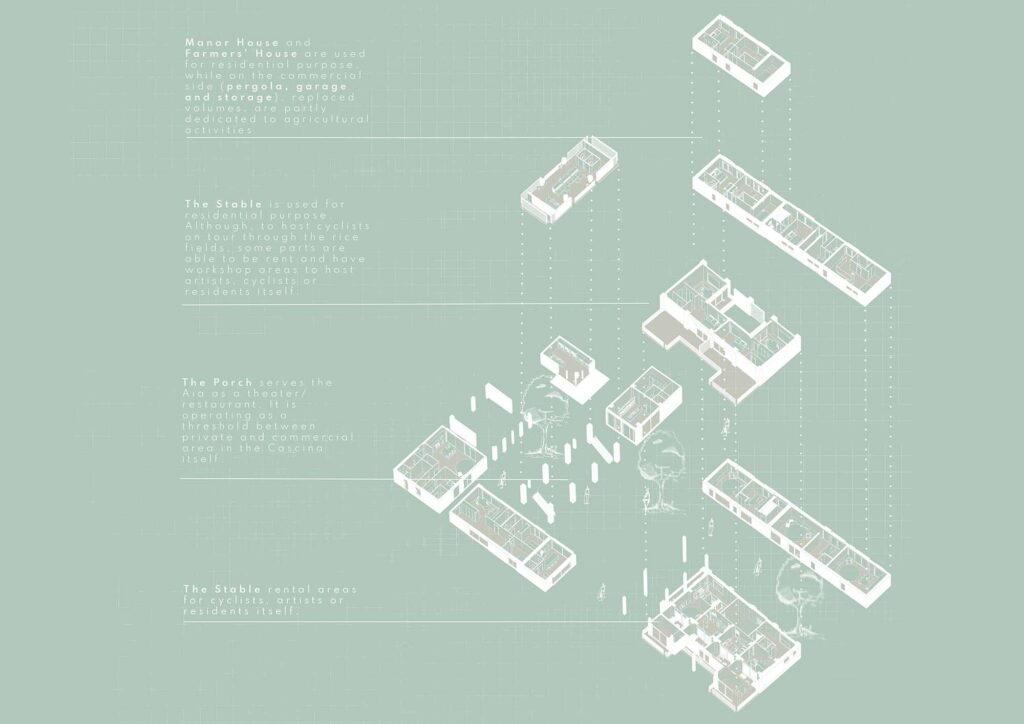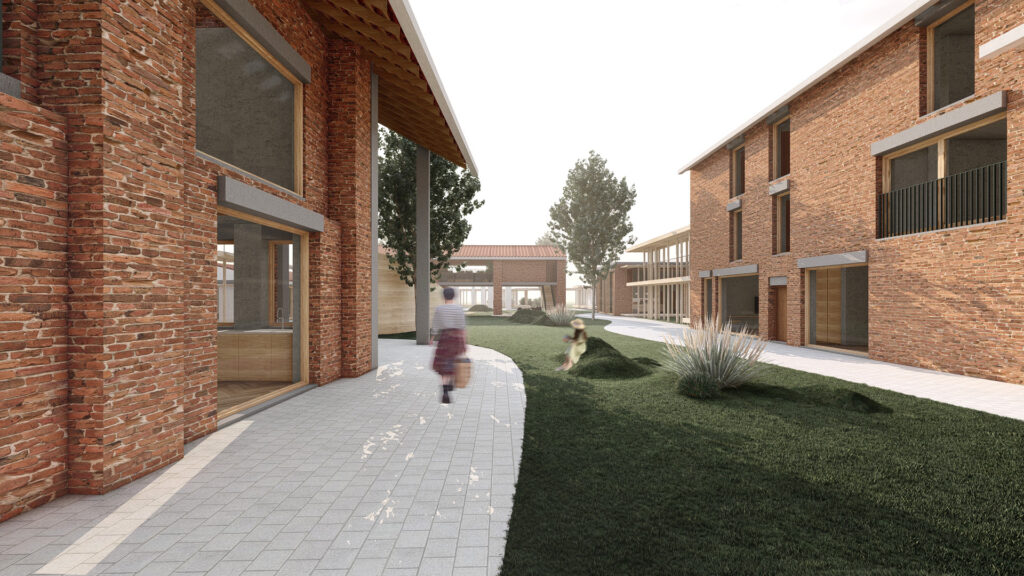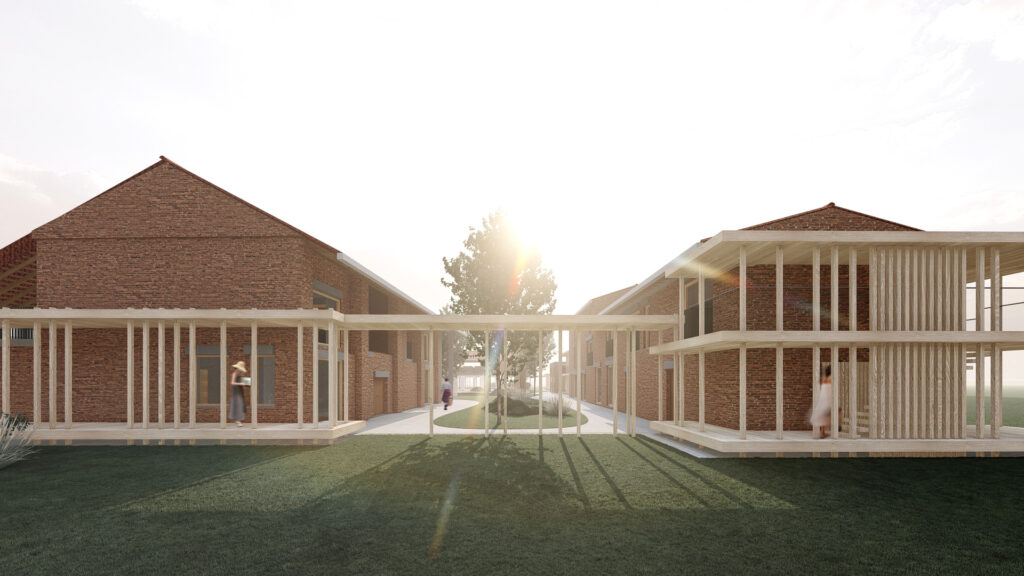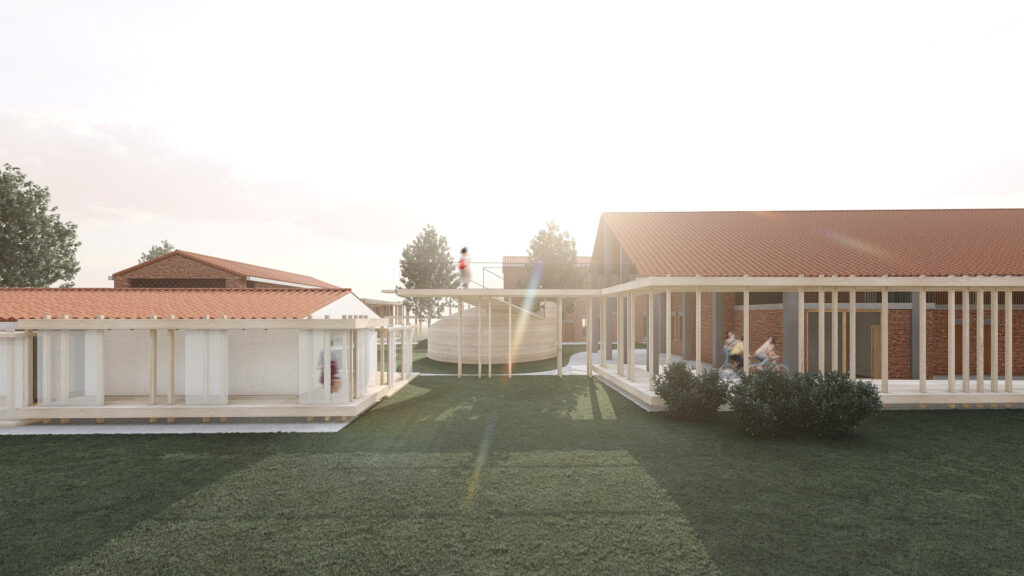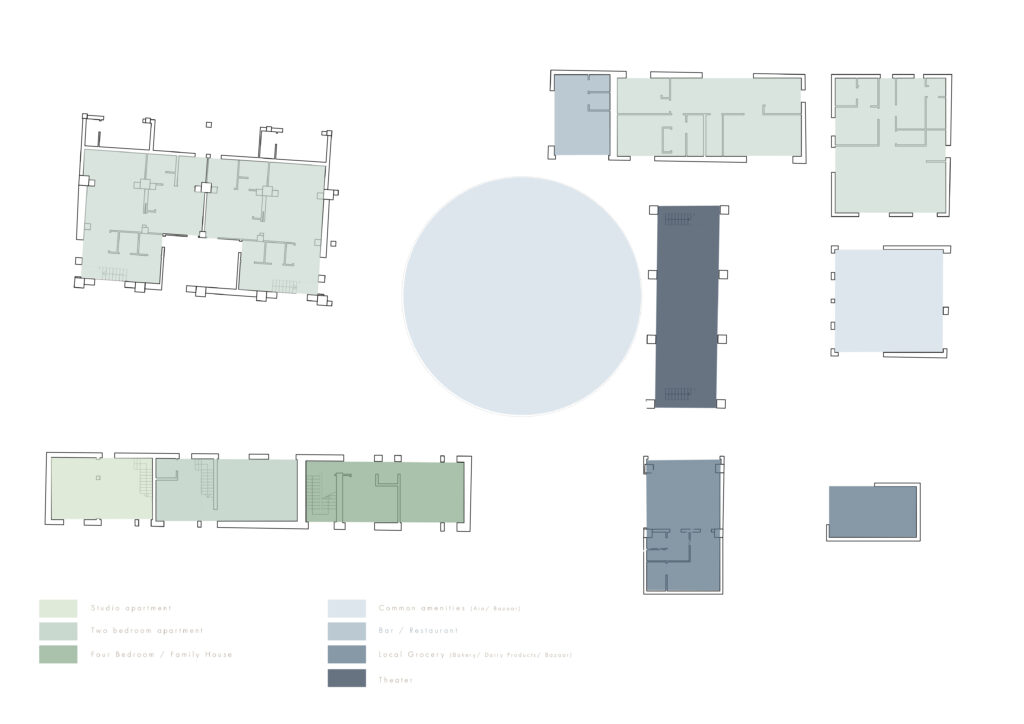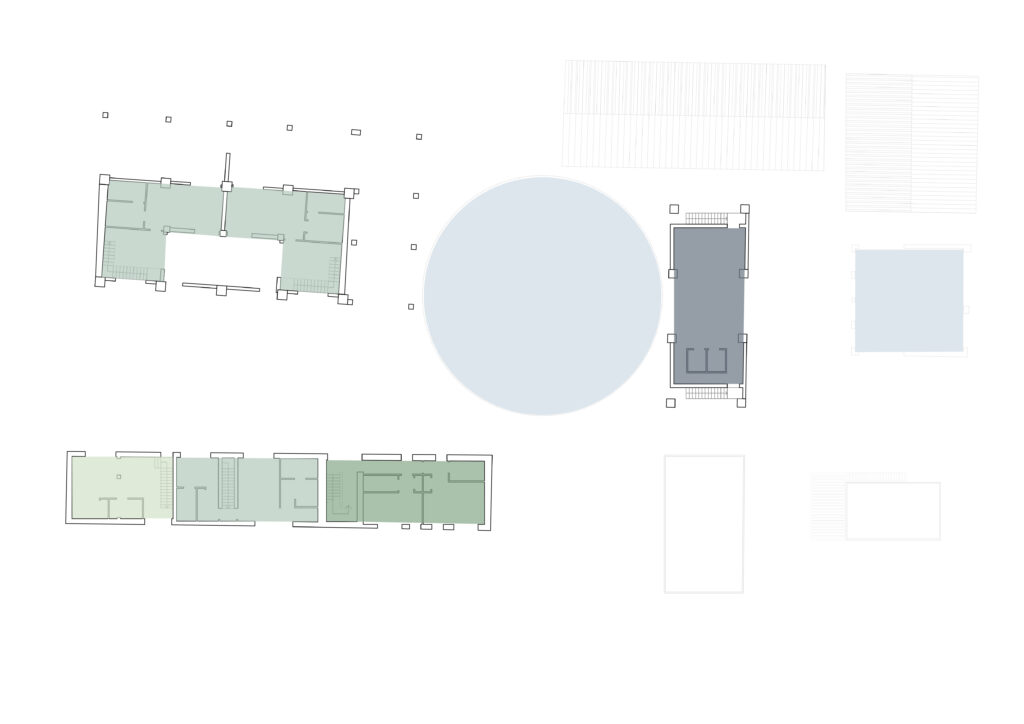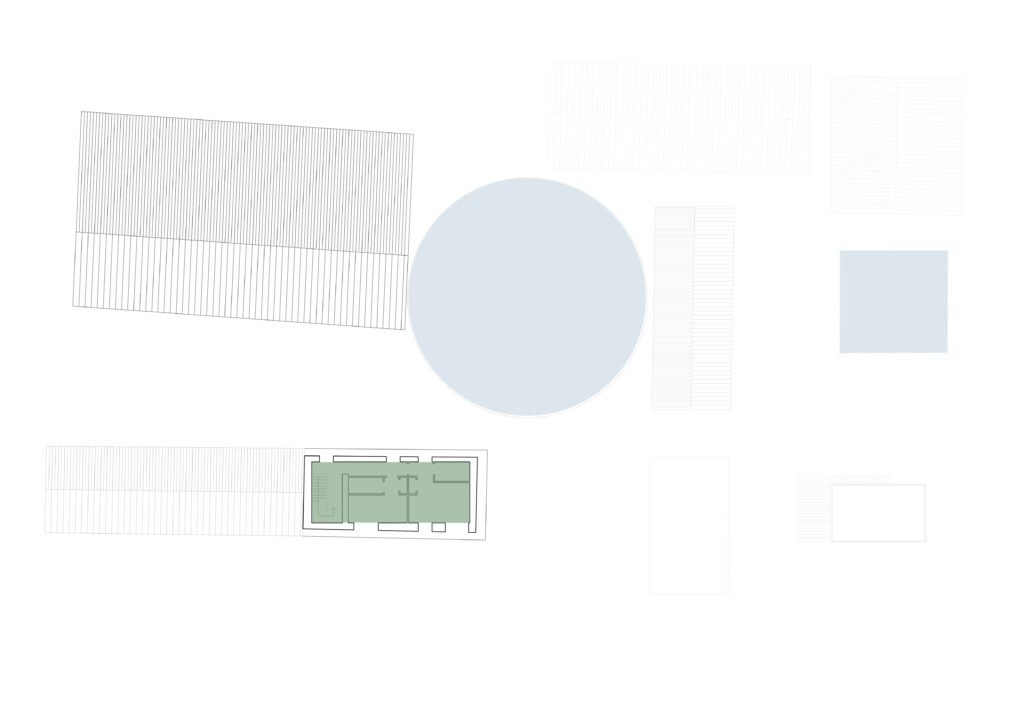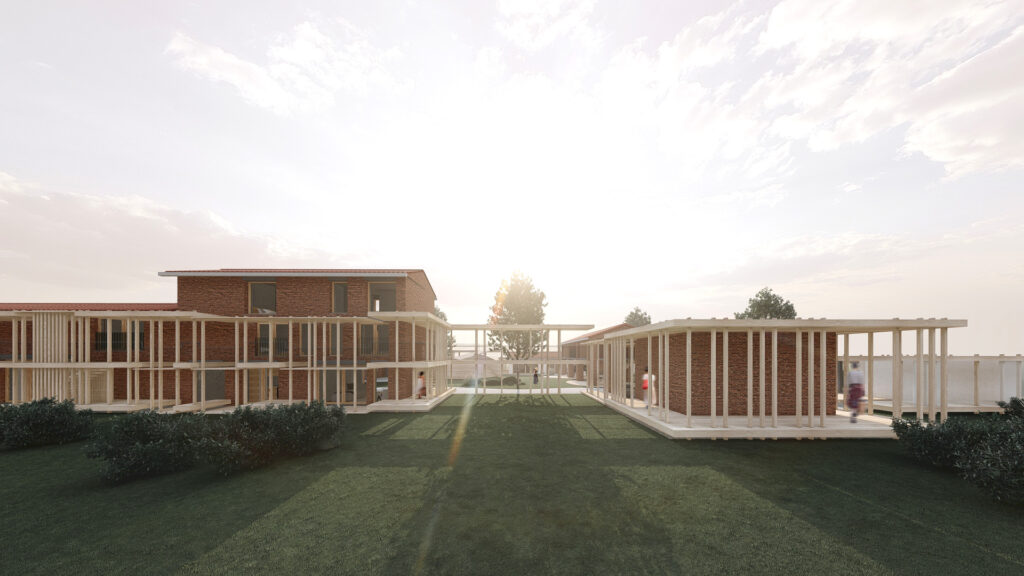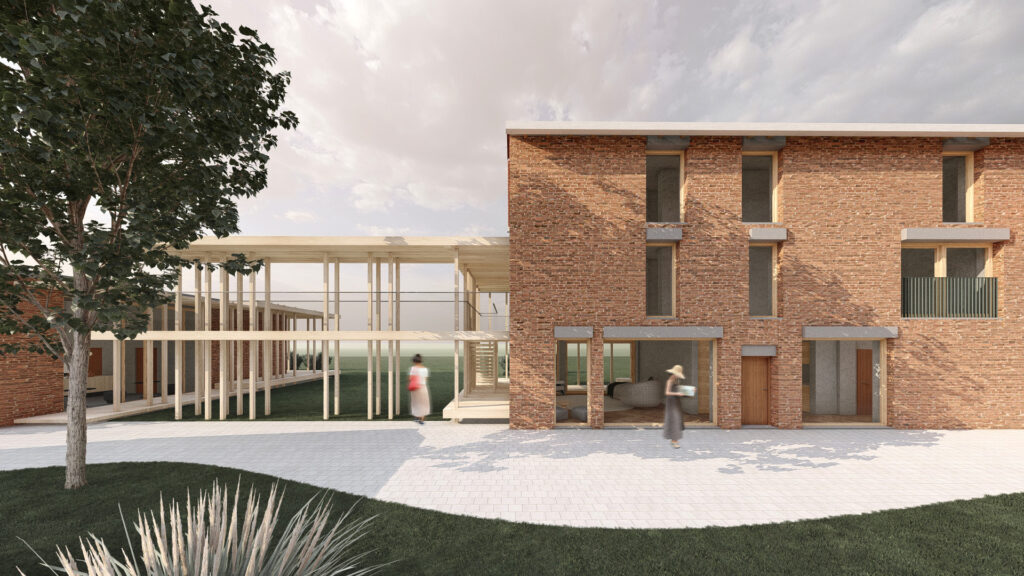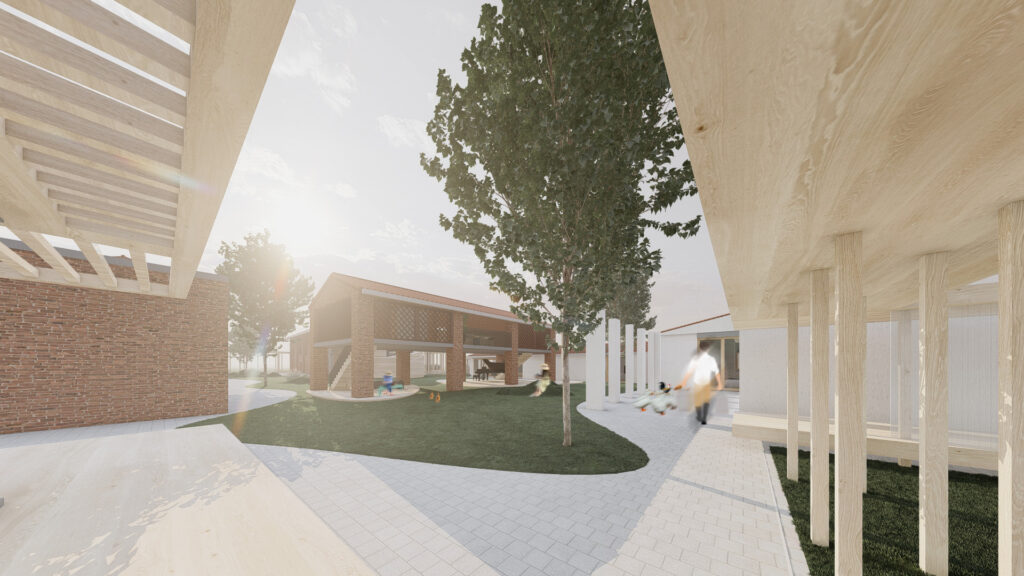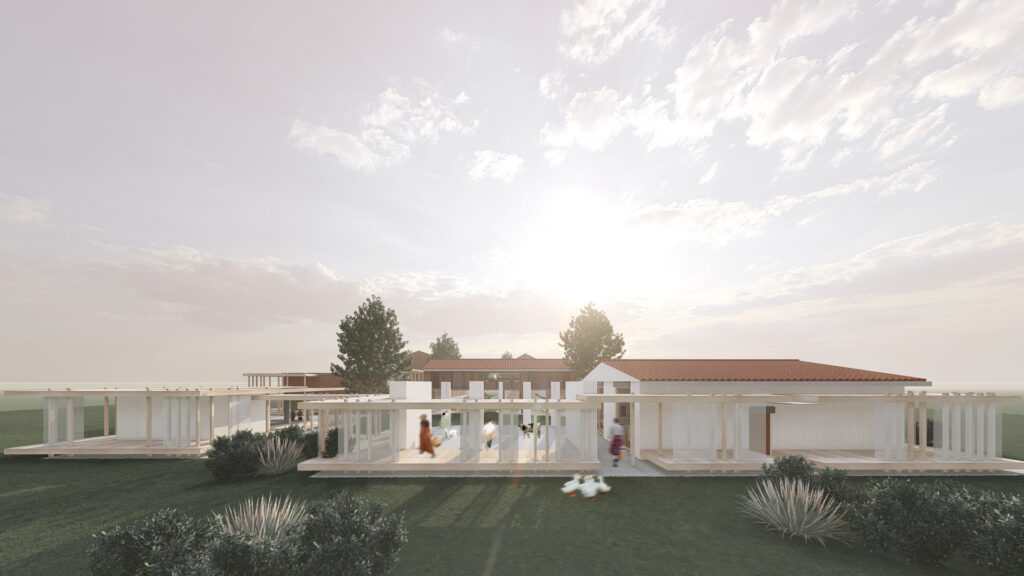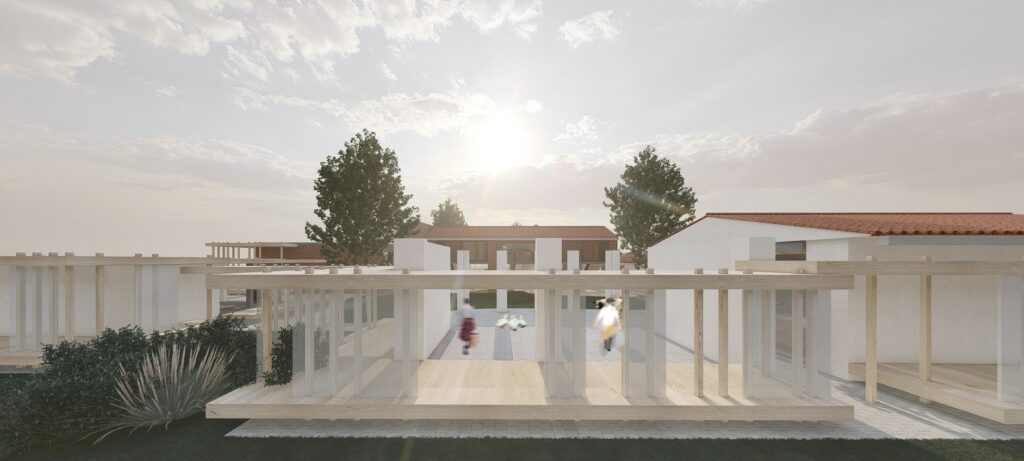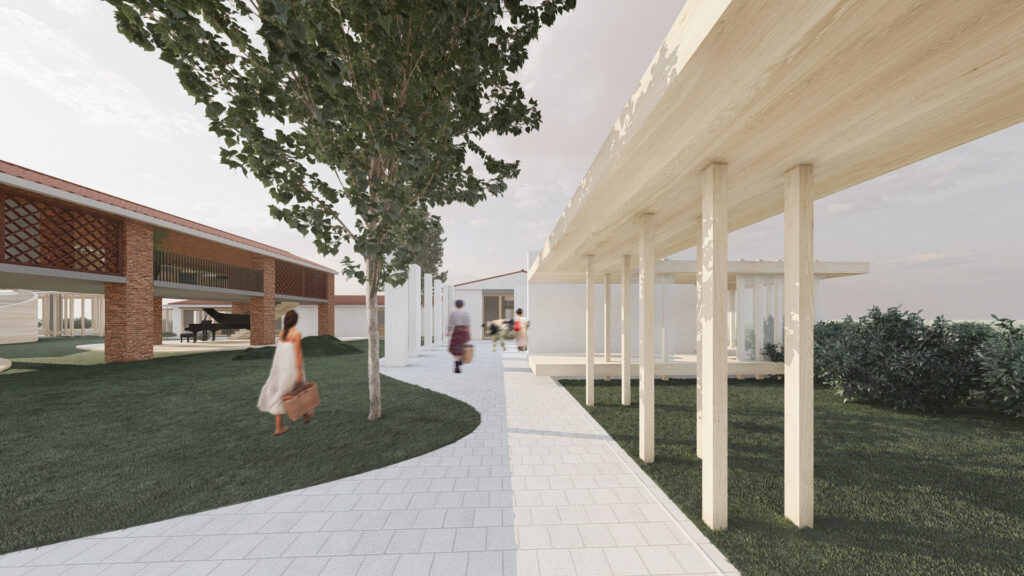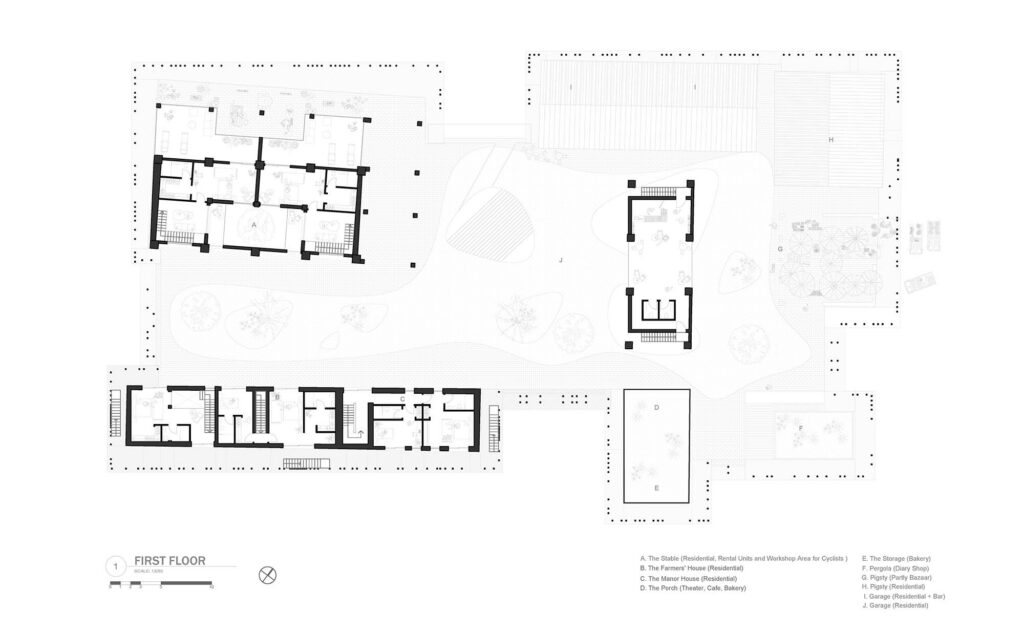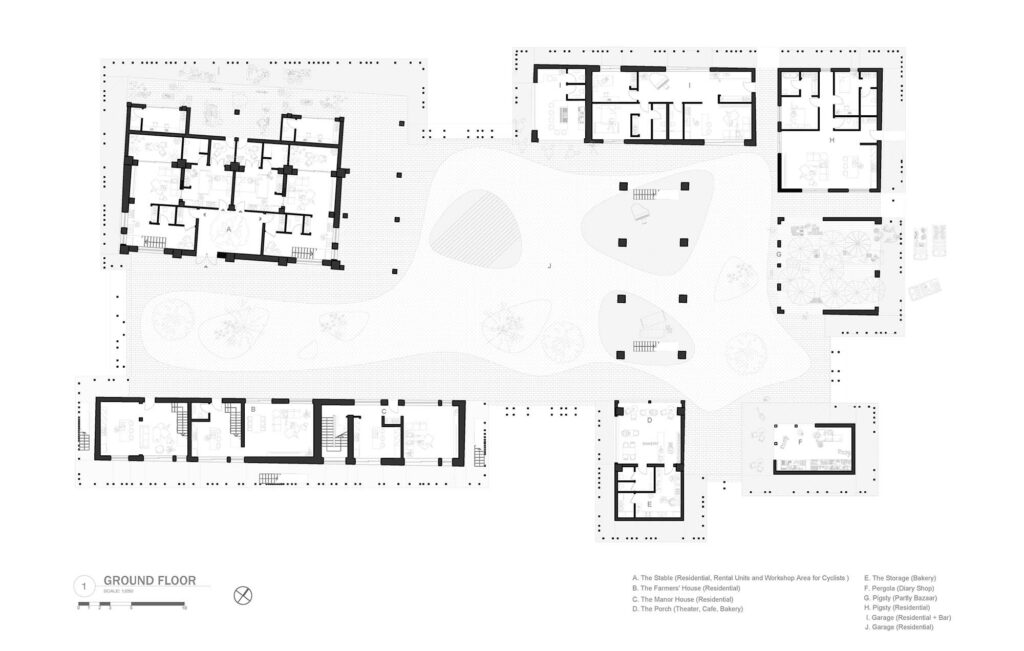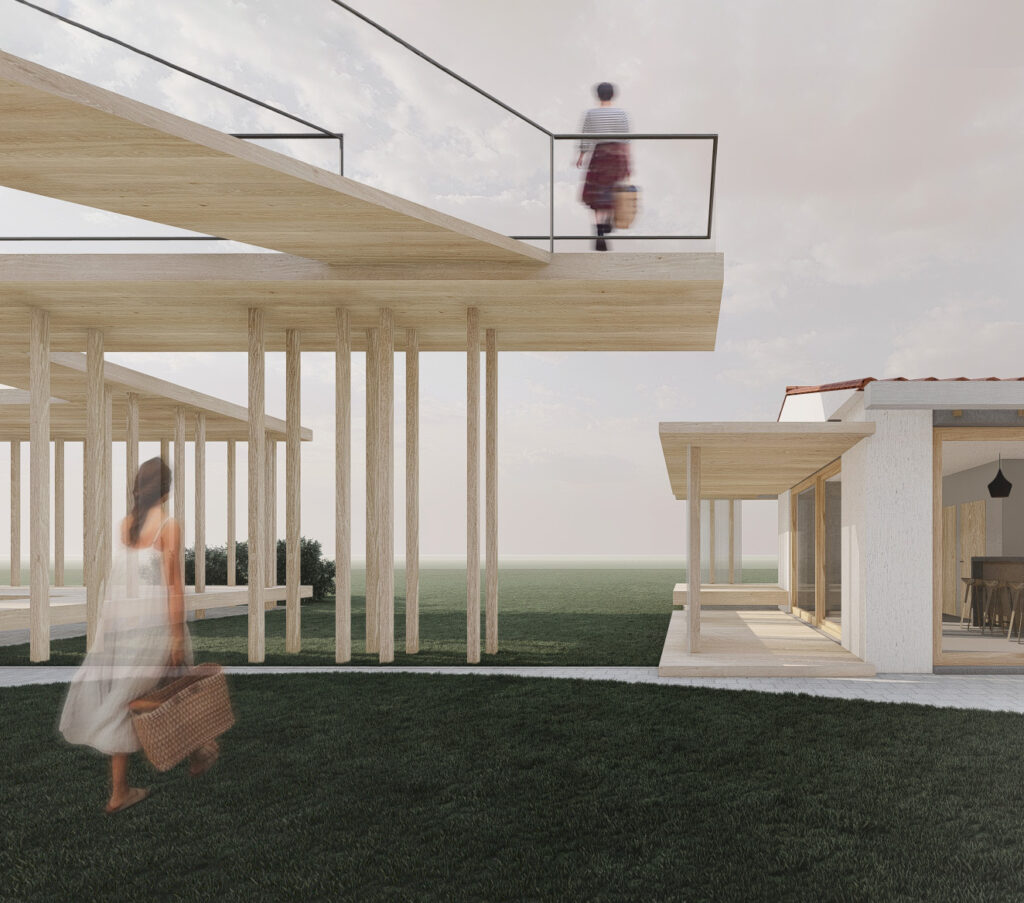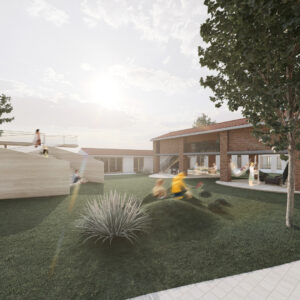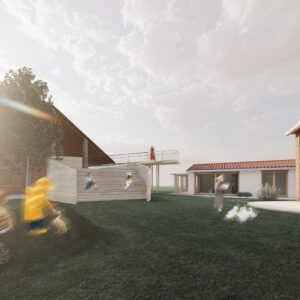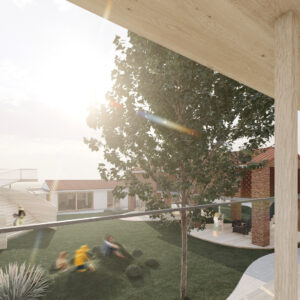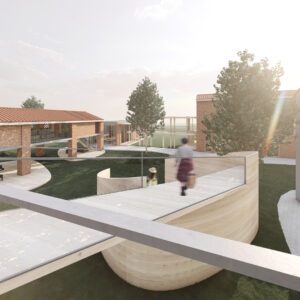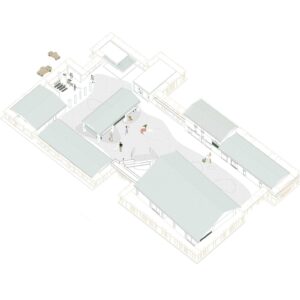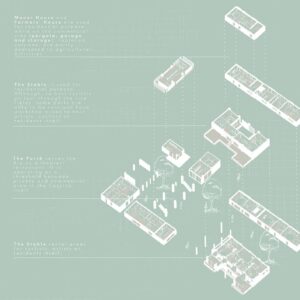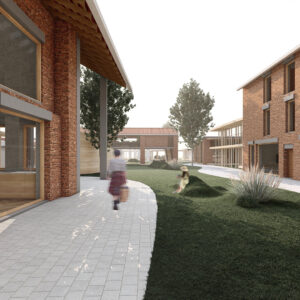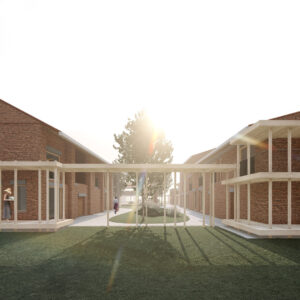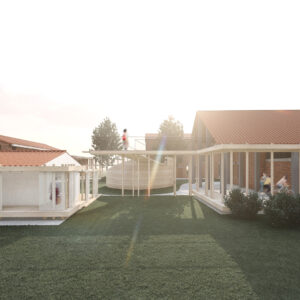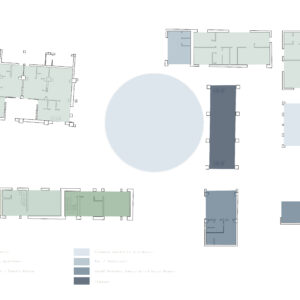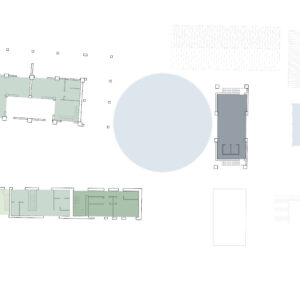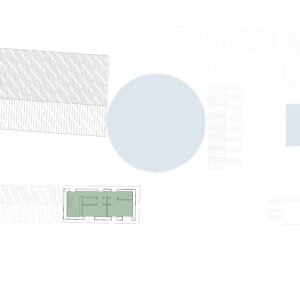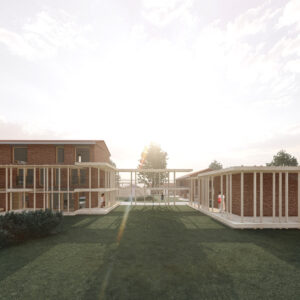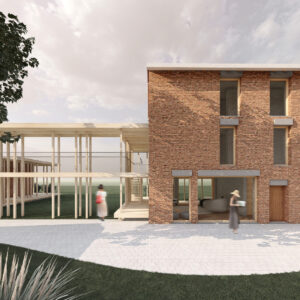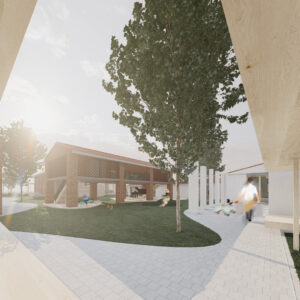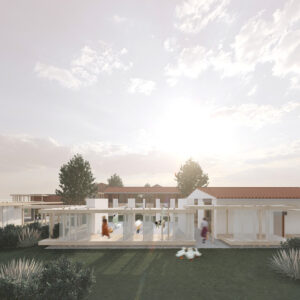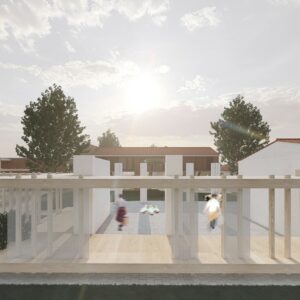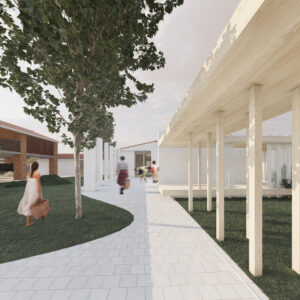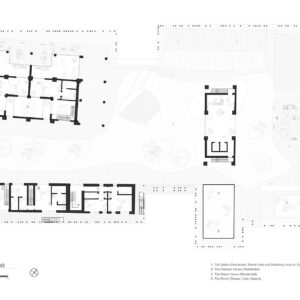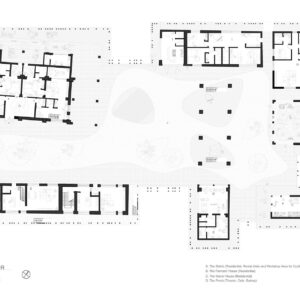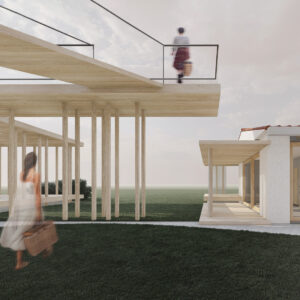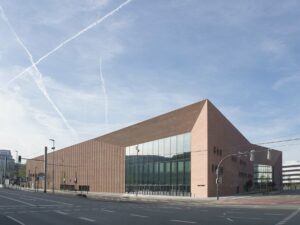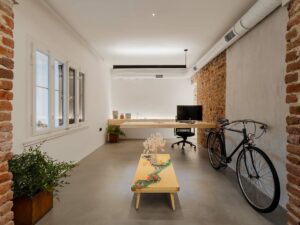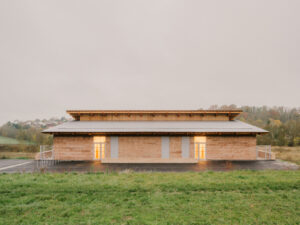
- 9 Kasım 2023
- 3033 defa okundu.
Katılımcı, TerraViva Rural Housing Yarışması
Qh.Studio'nun, TerraViva Rural Housing Yarışması için hazırladığı proje.
Rural Housing project is an adaptive reuse project of an Italian Cascina.
Defining new ways of living in the Italian countryside through the adaptive reuse of an Italian Cascina was the challenge. The main goal was to transform an historical complex into contemporary homes immersed in the landscape.
During the design process we tried to re- establish connections between the existing structures with respect to the past. For example, the significance of traditional open space, the Aia, has been emphasized to highlight its role as a core for social interaction and cohesion.
First of all, we tried to answer series of questions concerning the location, role of the past, the visitors itself (target group) and reaching the place to set few objectives.
Cascina Lossano is located in Northern Italy and the region, characterized by a mostly flat rural landscape, is crossed by numerous important rivers including the Po, the Adige and the Ticino. A location immersed in the Lombard countryside, where rice fields are the main crop. Research have shown that rural life and agrarian holdings have abandoned due to urbanization. Now, with the growing interest to valorizing those artefacts, recovering initiatives have been launched. Therefore, those historic artefacts are waiting to be bringing back to life. As mentioned, the history has been source of inspiration to contemporary.
Investigation have shown that in the past Cascina or large farm, exist of stables, haylofts, silos, granaries, diaries, ovens, stairs, warehouses, mills and farmers houses gathered in a single structure. A complex made up of several volumes, dedicated to agricultural activities, arranged around a central courtyard that is called the Aia.
Regarding the location, the Cascina’s should be more than a place of real experience, rather than a place of passage. It is not directly confronting with the city right now. For example, you reach the place serenely instead of perilous way. To achieve this objective the contours of the buildings have been used to create a second wooden skin along the volumes to offer a transition from public to private and also make the complex operating as a “landmark” in panorama of immense landscape and a connection with the city through the river Po. In this way, it also catches the attention of the cyclist or artist that are on tour through the rice fields. For them, the complex is operating as a transit point.
To revive the productive and communal identity, the Porch, Storage, Pergola, Pigsty and Garage have been replaced by same original volumetric form and dedicated to agricultural activities, like bazaar, bakery and local dairy products. To emphasize replaced and maintained volumes, various materials have been utilized. Archetype roof with ceramic roof tiles and brickwork have been preserved, while replaced volumes have a smoothly finished contemporary façade. Besides, games shadows on the facade, with use of plaster and polycarbonate panels on wooden structure have been aimed.
Etiketler

Künye
- Proje Yeri: Po Valley, İtalya
- Proje Ofisi: Qh.Studio
- Proje Tipi Grubu: Katılımcı
- Tasarım Ekibi: Kübra Harputluoğlu
- Danışman: Büşra Al Özdilek
